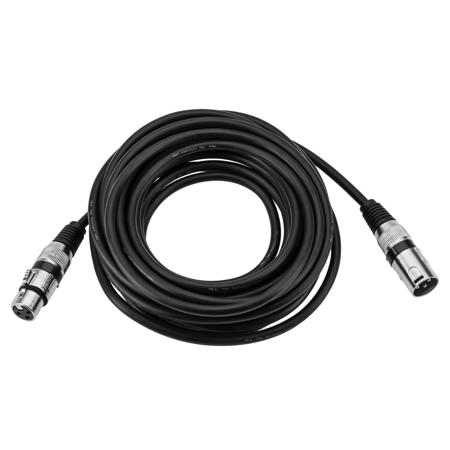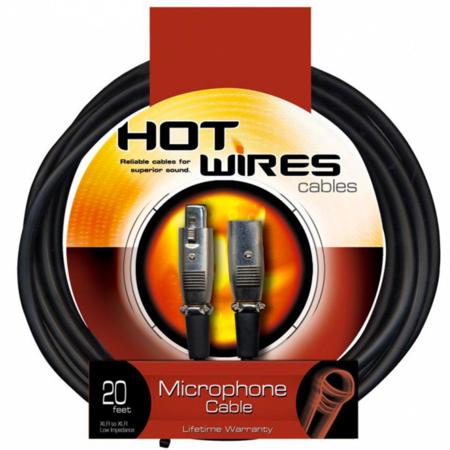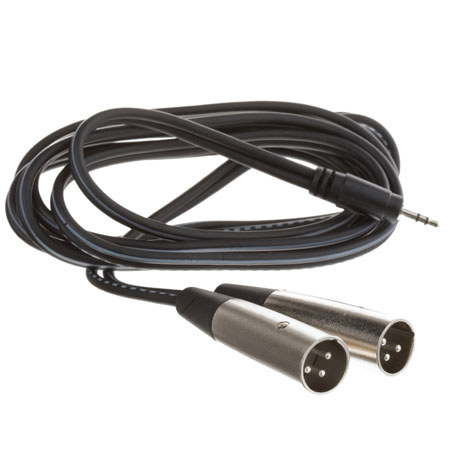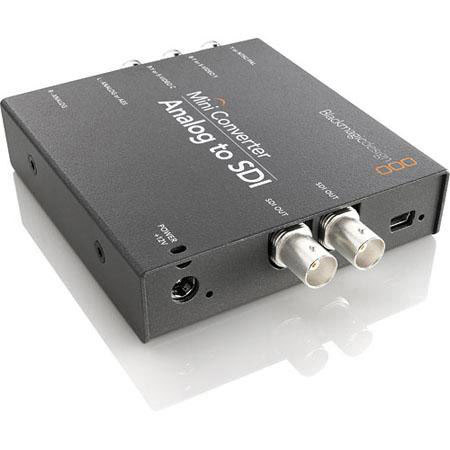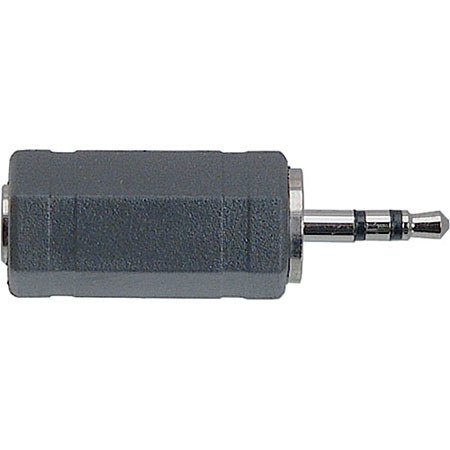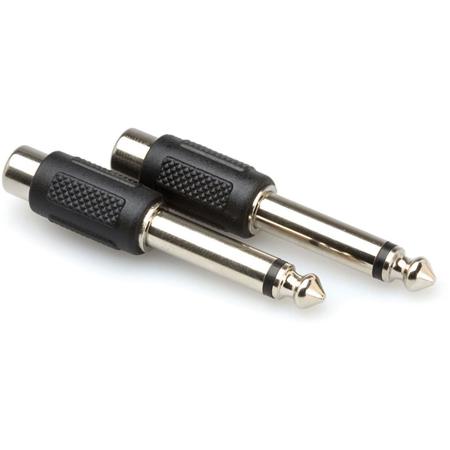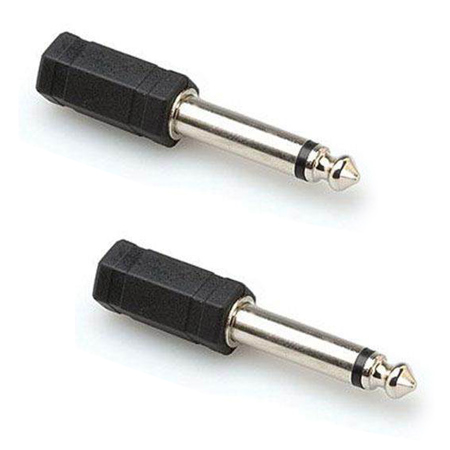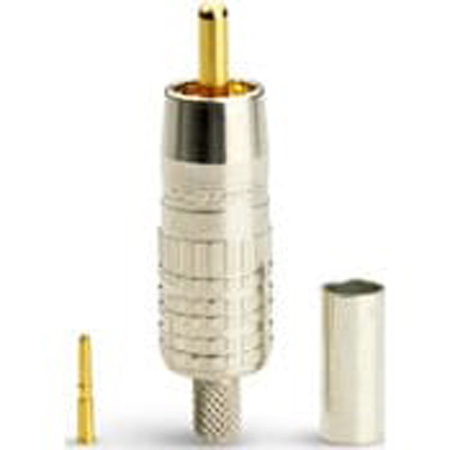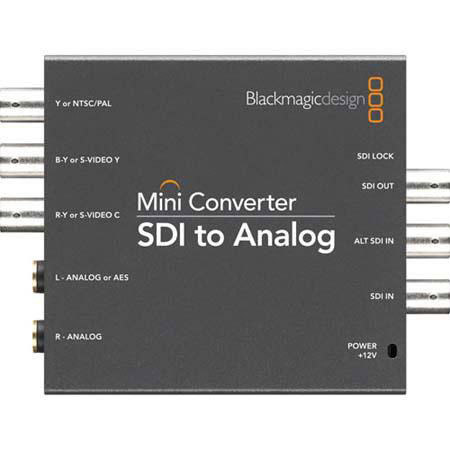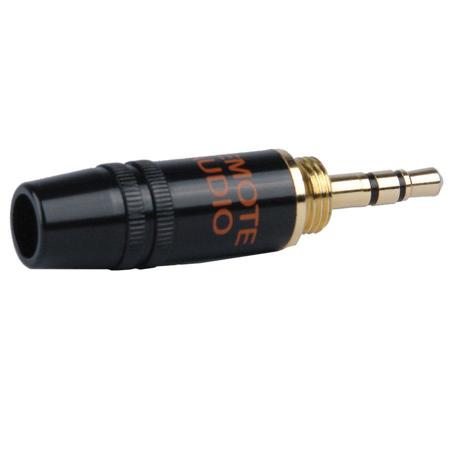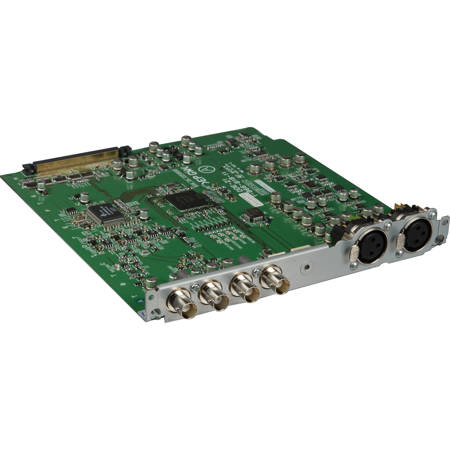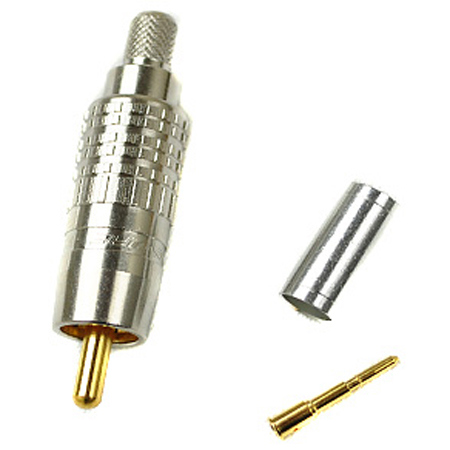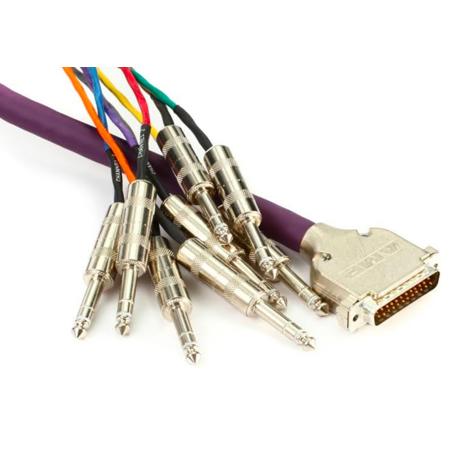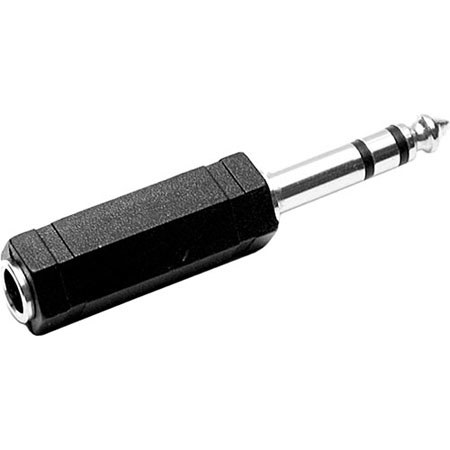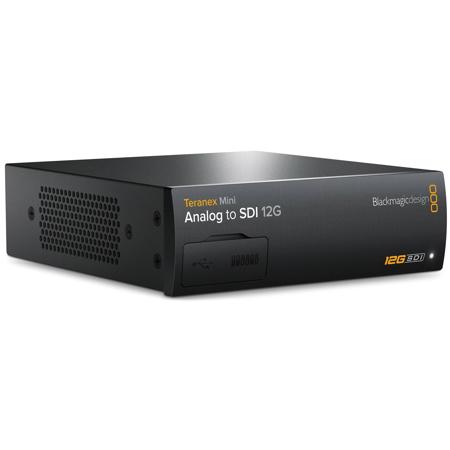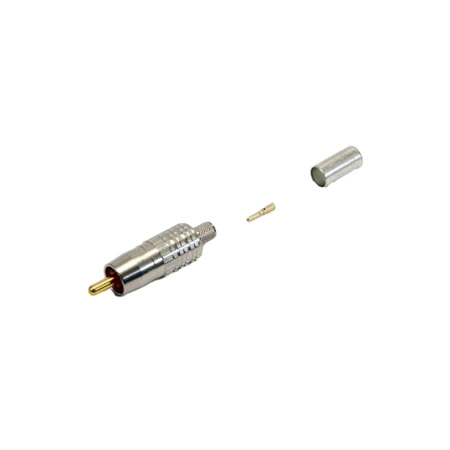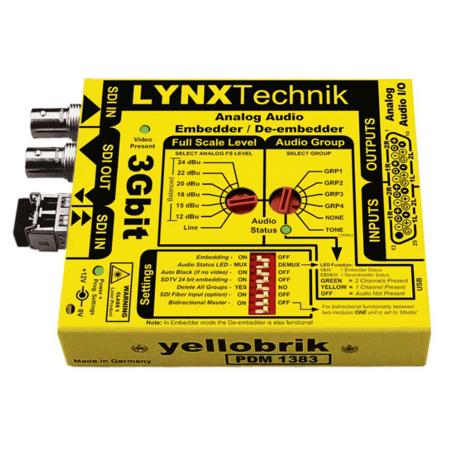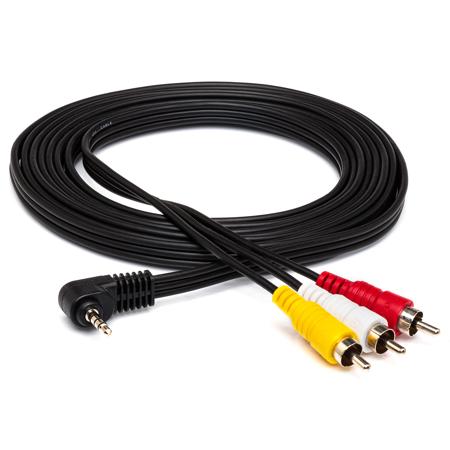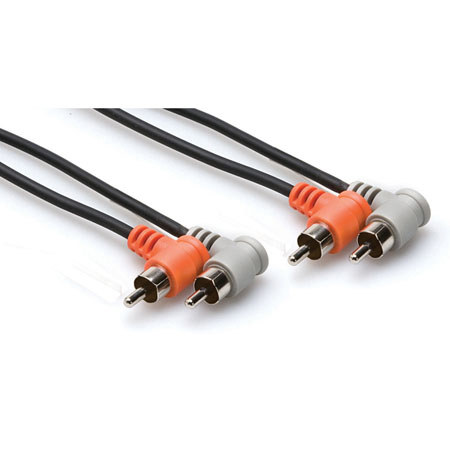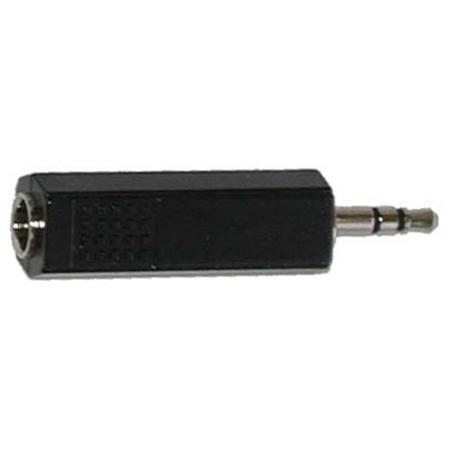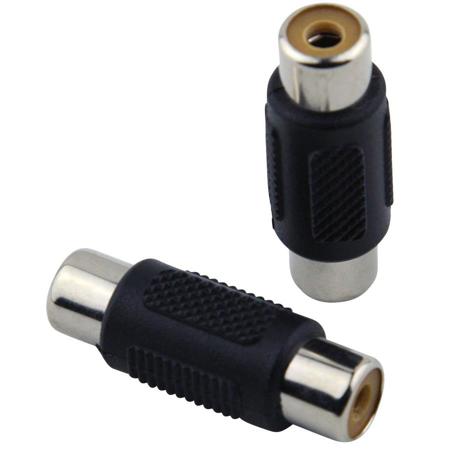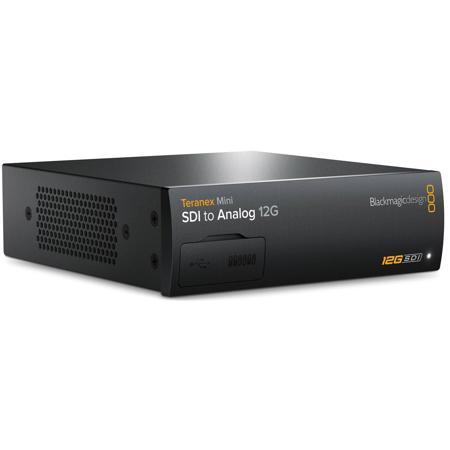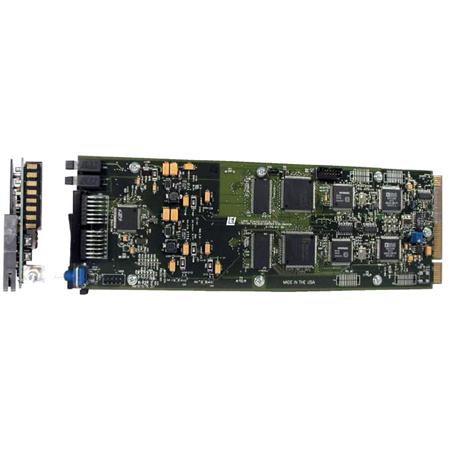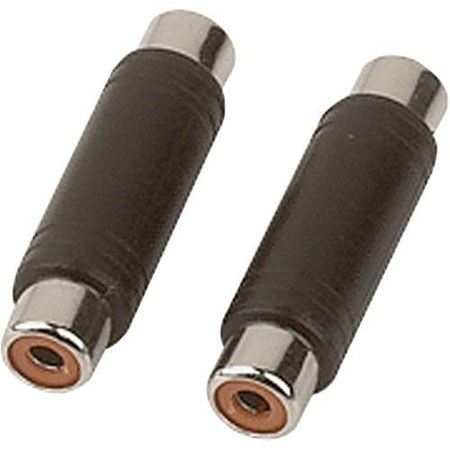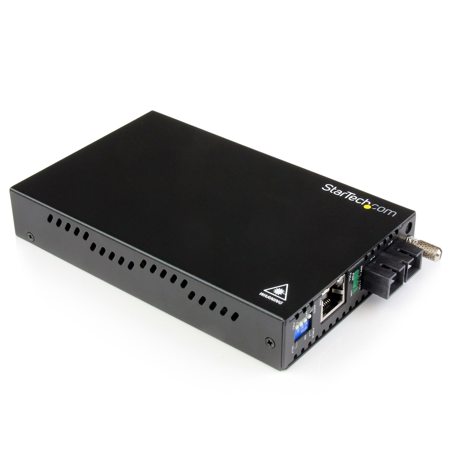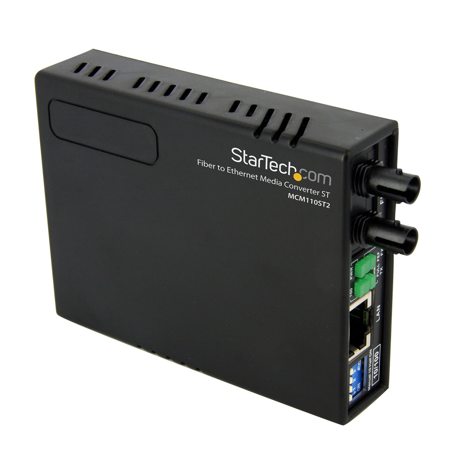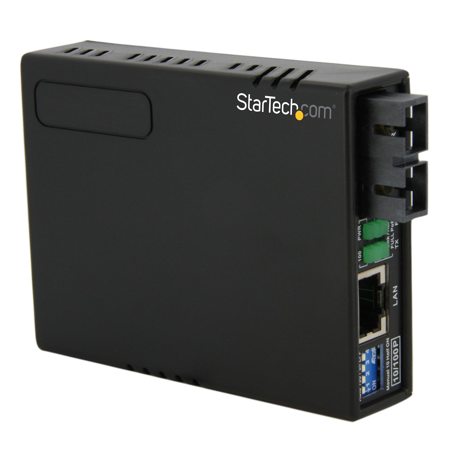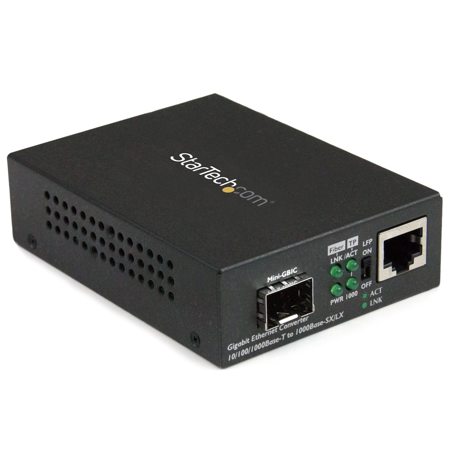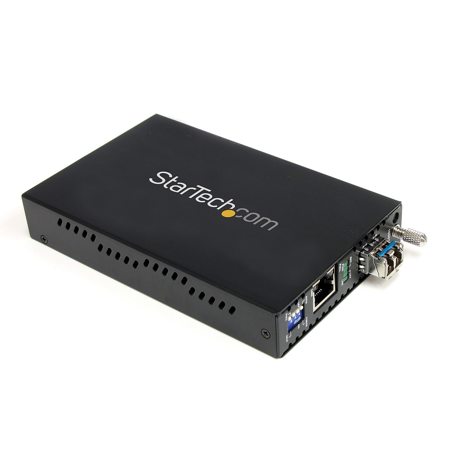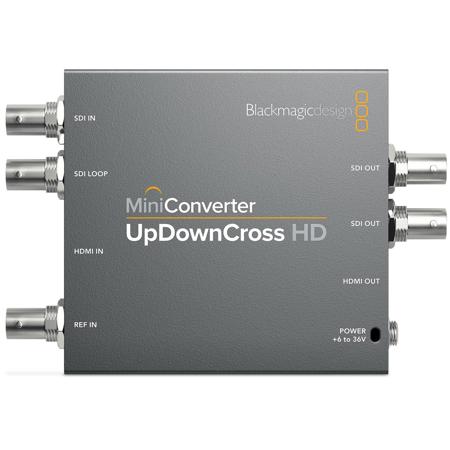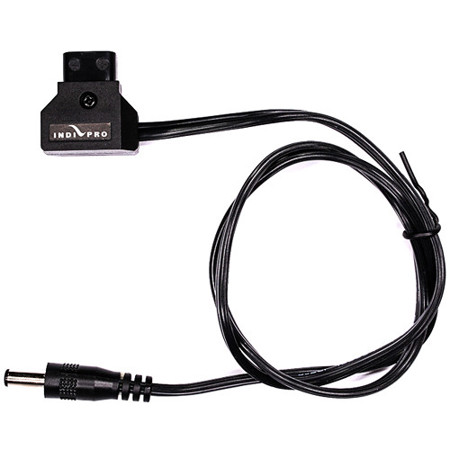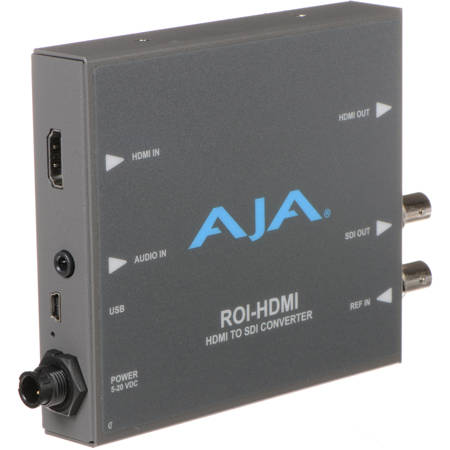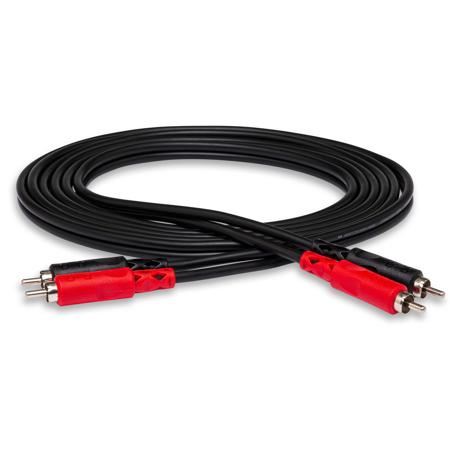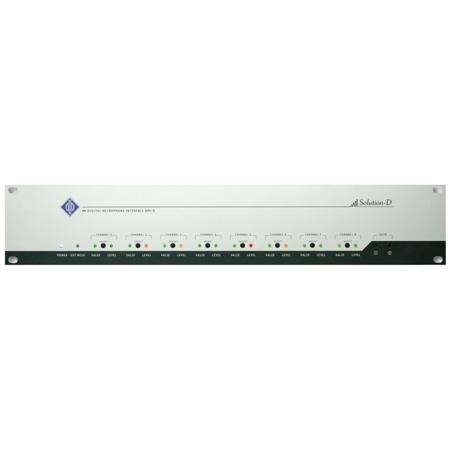Analog Connectors
Whether you’re outfitting a professional studio, upgrading your home audio setup, or piecing together a live performance rig, analog connectors are the unsung heroes that bring your gear to life. These connectors—ranging from quarter-inch TRS jacks and XLR cables to RCA and DIN plugs—form the backbone of analog audio systems, ensuring a pure, uncompressed signal flow from one device to another. Musicians, sound engineers, podcasters, and audiophiles alike rely on analog audio connectors to maintain the warmth and character of their sound, preserving every nuance from the original source. In the world of professional audio, the right connector can mean the difference between a flawless recording session and a frustrating troubleshooting marathon. Summer is a season of outdoor concerts, music festivals, and creative projects, making now the perfect time to refresh your cable collection, whether you’re setting up a temporary stage or fine-tuning your home studio for new inspiration.
When choosing analog connectors, it’s important to consider both the environment and the specific gear you’re connecting. For those running long cable runs in large venues or outdoor events, balanced connectors like XLRs are essential for minimizing interference and noise, while unbalanced connectors such as RCA or TS plugs are ideal for short, direct paths in controlled settings. Durability matters, especially if your cables will be coiled and uncoiled repeatedly, stepped on, or exposed to the elements. Look for connectors with robust metal housings and strain relief features to withstand the rigors of gigging or mobile recording. If you’re gifting analog connectors to a budding musician, a DJ, or a home theater enthusiast, consider their current setup and future needs—versatile patch cables, adapters, and extension leads are always welcome additions. There’s an undeniable satisfaction in clicking a connector into place and knowing you’ve created a clean, reliable signal chain, free from hums or crackles. For those working with video as well as audio, seamless integration is key; you might also explore options like Analog Video Converters to bridge the gap between legacy and modern systems, ensuring your entire workflow stays connected and efficient.
No matter your experience level, investing in quality analog connectors pays off every time you power up your gear. Seasoned engineers often keep a well-organized arsenal of cables and adapters on hand, ready for any scenario, from impromptu jam sessions to critical recording dates. Hobbyists and professionals alike benefit from understanding the subtle differences between connector types, cable gauges, and shielding options, as these factors can influence everything from tone quality to noise rejection. In the heat of summer, when creativity strikes and opportunities abound—whether it’s capturing the ambiance of a backyard concert or wiring up a new listening room—having the right analog connectors at your fingertips lets you focus on the performance, not the hardware. Thoughtful selection and regular maintenance of your connectors ensure that every note, word, or frame is transmitted with clarity and integrity, making them an indispensable part of any audio or video setup.
When choosing analog connectors, it’s important to consider both the environment and the specific gear you’re connecting. For those running long cable runs in large venues or outdoor events, balanced connectors like XLRs are essential for minimizing interference and noise, while unbalanced connectors such as RCA or TS plugs are ideal for short, direct paths in controlled settings. Durability matters, especially if your cables will be coiled and uncoiled repeatedly, stepped on, or exposed to the elements. Look for connectors with robust metal housings and strain relief features to withstand the rigors of gigging or mobile recording. If you’re gifting analog connectors to a budding musician, a DJ, or a home theater enthusiast, consider their current setup and future needs—versatile patch cables, adapters, and extension leads are always welcome additions. There’s an undeniable satisfaction in clicking a connector into place and knowing you’ve created a clean, reliable signal chain, free from hums or crackles. For those working with video as well as audio, seamless integration is key; you might also explore options like Analog Video Converters to bridge the gap between legacy and modern systems, ensuring your entire workflow stays connected and efficient.
No matter your experience level, investing in quality analog connectors pays off every time you power up your gear. Seasoned engineers often keep a well-organized arsenal of cables and adapters on hand, ready for any scenario, from impromptu jam sessions to critical recording dates. Hobbyists and professionals alike benefit from understanding the subtle differences between connector types, cable gauges, and shielding options, as these factors can influence everything from tone quality to noise rejection. In the heat of summer, when creativity strikes and opportunities abound—whether it’s capturing the ambiance of a backyard concert or wiring up a new listening room—having the right analog connectors at your fingertips lets you focus on the performance, not the hardware. Thoughtful selection and regular maintenance of your connectors ensure that every note, word, or frame is transmitted with clarity and integrity, making them an indispensable part of any audio or video setup.
